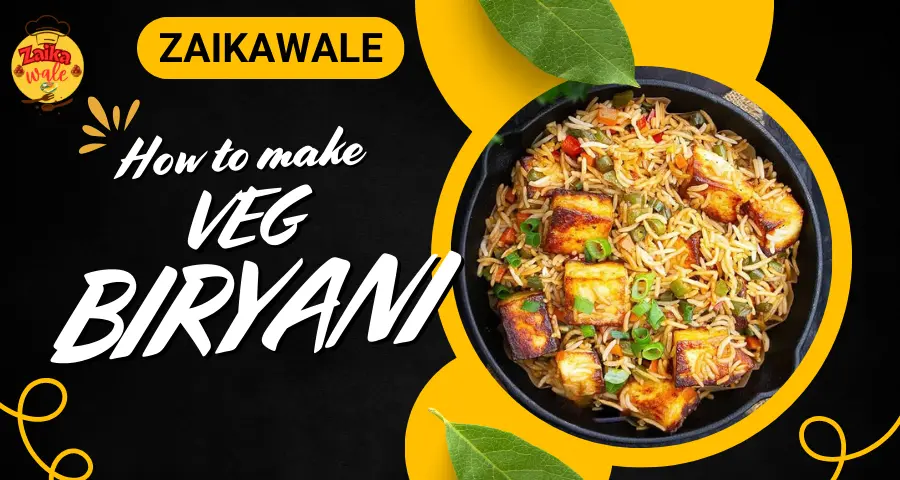There’s a famous debate that often pops up in foodie circles — “Veg Biryani hoti hi nahi, sirf pulao hota hai!”
Well, to all those who believe this, here’s a delicious reality check. Veg Biryani not only exists, but when cooked the right way, it’s a flavour bomb that can beat any pulao hands down.
In this blog, we’re going to make an authentic, 100% vegetarian biryani with fragrant rice, perfectly spiced vegetables, and that irresistible dum aroma. By the end of this recipe, you’ll also know the real difference between a Veg Biryani and a Veg Pulao!
Table of Contents
ToggleWhat Makes Veg Biryani Different from Pulao?
Many people confuse pulao with biryani, but here’s the key difference:- How to Cook: In pulao, rice and veggies are cooked together in one pot, which gives them the same flavour.
- Biryani Style: The rice is cooked separately until it is 90% done, then it is stacked with cooked veggies, spices, and garnishes, then dum cooking is used to finish it off for that layered, aromatic taste.
Video Guide for Veg Briyani Recipe
Ingredients You’ll Need
You can always tweak the ingredients as per your taste, but here’s our favourite combination:For Vegetables
- 1 cup of chopped mixed veggies (carrots, beans, peas, cauliflower, and capsicum)
- ½ cup of fried paneer cubes (optional but highly recommended)
- 1 tbsp ginger-garlic paste
- 2 tbsp biryani masala
- 3 tbsp curd (dahi)
- 2 tbsp fresh coriander leaves, chopped
- 2 tbsp fresh mint leaves, chopped
For Rice
- 2 cups of basmati rice that has been soaked for 30 minutes
- 4–5 cups of water
- 2–3 cloves
- 1 bay leaf
- 1–2 green cardamoms
- 1-inch cinnamon stick
- Salt to taste
For Garnish
- 1 cup fried onions (birista)
- Mint and coriander leaves – finely chopped
- A pinch of saffron (optional, soaked in warm milk)
For Tempering
- 2 tbsp oil or ghee
- 1 tsp cumin seeds (jeera)
- 1 medium onion – sliced and browned
Step-by-Step Recipe for Veg Biryani
Step 1: Prepare the Rice
- Put water in a big saucepan and bring it to a boil.
- Put in the whole spices (cloves, bay leaf, cardamom, and cinnamon) and salt.
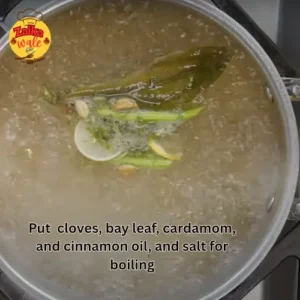
- Add the soaked rice and cook it until it’s 90% done. The grains should still be a little bit hard.
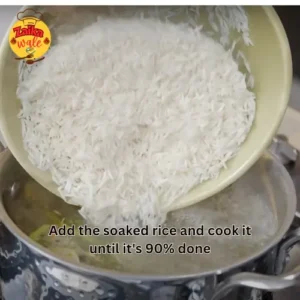
- Get rid of the water in the rice and set it aside.
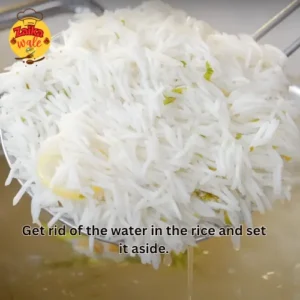
Step 2: Marinate the Vegetables
- Put the chopped veggies, ginger-garlic paste, biryani masala, curd, and salt in a big basin.

- Mix well so that all of the vegetables are covered in the masala mix.
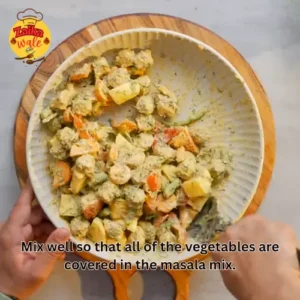
- For best flavour, let them sit in the marinade for at least 15–20 minutes.
Step 3: Cook the Vegetables
- Put oil or ghee in a heavy-bottomed pan and heat it.
- Add the cumin seeds and chopped onions and cook until they are golden brown.
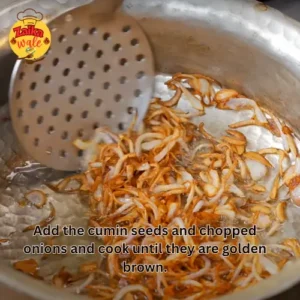
- Mix the marinated vegetables and sauté them over medium heat until they are soft but not mushy.
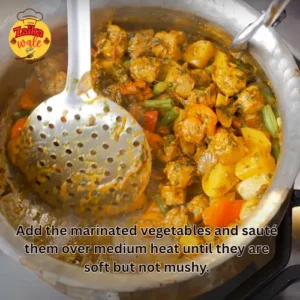
- Add the fried paneer cubes and stir them in gently.
Step 4: Layer the Biryani
- Spread half of the cooked rice evenly in the same pan (or handi).

- Put a layer of the cooked vegetables on top.
- Add some fresh coriander, mint leaves, and fried onions on top.
- Do the same thing with the rest of the rice and the rest of the garnish.
- For colour and smell, you can sprinkle saffron milk on top.

Step 5: Dum Cooking
- Cover the handi with a tight lid. You can seal it with wheat dough for a traditional dum style.

- Place on a very low flame and cook for 10 minutes.
- Turn off the heat and let it rest for 5 more minutes before serving.
Serving Suggestions For Veg Briyani
Veg Biryani tastes best when served hot with:- Raita (onion, boondi, or cucumber)
- Papad and salad on the side
- A glass of chilled chaas for the perfect combo
Zaikawale’s Tip for Perfect Veg Biryani
- Always soak your rice before cooking to get long, separate grains.
- Do not overcook the vegetables during the first cooking stage. They’ll cook further during dum.
- Use fresh mint and coriander — they lift the entire flavour profile.
Why You’ll Love This Veg Briyani Recipe
- 100% vegetarian, yet packed with flavour
- Perfect for weekend lunches or special dinners
- Easy enough for beginners, authentic enough to impress guests

